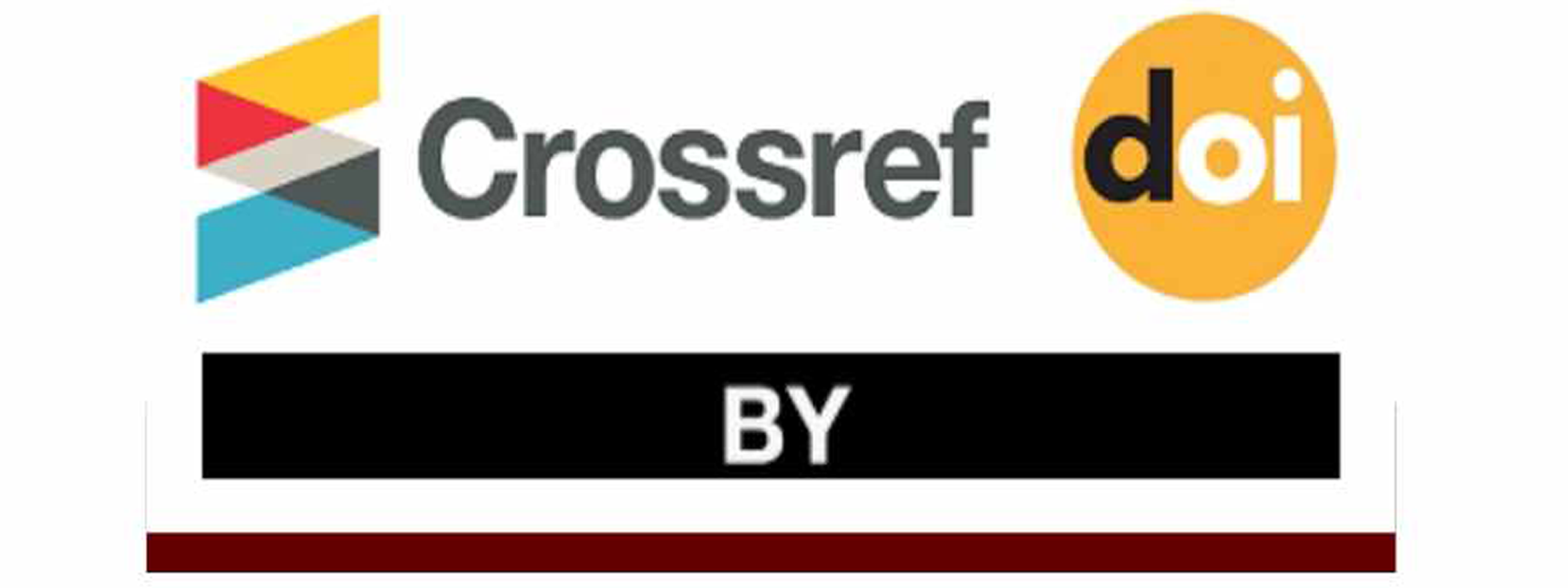An Analysis of Particularized Conversational Implicatures in Breaking Dawn 1 Movie
DOI:
https://doi.org/10.62819/jel.2021.91Keywords:
Conversational implicature, Particularized conversational implicature, Breaking Dawn 1 movieAbstract
In realistic human conversations, linguistic tools such as irony and metaphor
are applied to add more vibrant and artistic language features to create
hidden messages in speech. This research is about the study of particularized
conversational implicatures in Breaking Dawn 1 movie, using the theory of
Cooperative Principles by Grice. The research objective was to investigate
the types of particularized conversational implicatures produced in the
movie. The samples were the utterances produced in the conversations in the
movie. The instruments were the original movie transcript of Breaking Dawn
1 movie. The statistics used to analyze the quantitative data were frequency
and percentage, and the qualitative data were analyzed by a descriptive
method though content analysis. The results revealed three types of
particularized conversational implicature: Group A (no maxim is violated,
or at least it is unclear that any maxim is violated), group B (maxim is
violated, but the violation is explained by a clash with another maxim), and
group C (a maxim or at least cooperative principle is flouted). Group C was
the most frequently produced with the frequency of 42 (76.36%), followed
by group A (f = 11, 20.00%), and group B (f = 2, 3.64 %). The most used
linguistic device in group C was irony, followed by metaphor.



















